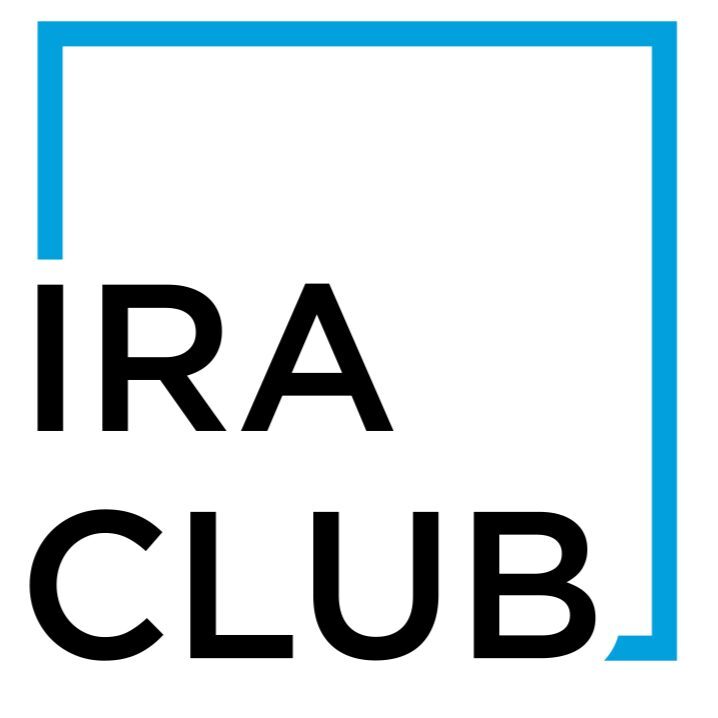Now is your chance to take back control of your retirement.
Since March, millions of Americans have lost their jobs. Every job loss brings a series of wrenching decisions:
- What am I going to do next?
- How will I support myself and my family?
- Should file for unemployment?
- Should we move to another city or state?
- Do I still have my health insurance?
One of the decisions that may get overlooked, due to the immediate concerns is, “What do I do with my old 401(k)?” The good news is leaving your job does not mean the end to your retirement account growth.
Common options of what to do with an old 401(k) or employer plans:
- Just leave it where it is
- This choice has negatives:
- Your old employer will stop making contributions to your plan.
- You will not be allowed to make contributions to your plan.
- Many company-sponsored-plans have high administrative costs that will choke the growth potential of your plan.
- This choice has negatives:
- Move it to your next employer
- This choice has negatives:
- Many company-sponsored-plans have high administration and management fees.
- Your investment options will be limited to a list of options they provide.
- Once in the plan, you will be locked for the remainder of your career.
- This choice has negatives:
- Convert to an annuity
- This choice also has negatives:
- An annuity is not really an investment. It is a contract written by an insurance company for the benefit of the insurance company.
- In other words, you give all your money to the insurance company then they give it back to you very slowly.
- Over the past few years, insurance companies have been lowering their payout rates. Thus, making them less beneficial for the buyer.
- This choice also has negatives:
- Transfer the old 401(k) to a brokerage firm
- Getting better, however, there are restrictions:
- You will be restricted to the investment offered by that firm. Frequently stocks, bonds, mutual funds, and ETFs.
- Your success generally depends on your knowledge of the stock market.
- Getting better, however, there are restrictions:
- Grow your old 401(k) like never before
-
-
- This type of transfer can be surprisingly simple. You are allowed to transfer funds from your old 401(k), or another retirement plan, to a Self Directed IRA.
- Remember, a 401(k) transfer is
- Legal
- Not taxable
- Free*
-
-
Why a Self Directed IRA?
- Self Directing allows you to invest your retirement funds without restrictions placed by mutual fund companies and brokerage firms.
- Self Directing allows you to make almost any investment for your future. That is to say, you can make investments that will be best for you; real estate, mineral rights, syndications, private lending, life settlements, etc. Take back control!
- There will be no income tax on the earnings that come into the IRA.
- You may continue making contributions
- Many people convert their old 401(k) to a Roth IRA to make returns income tax free for life and the life of their heirs.
- Low, straightforward fees with IRA Club.
*Incoming transfers via check are free. An incoming wire transfer is $35. Fee Schedule




